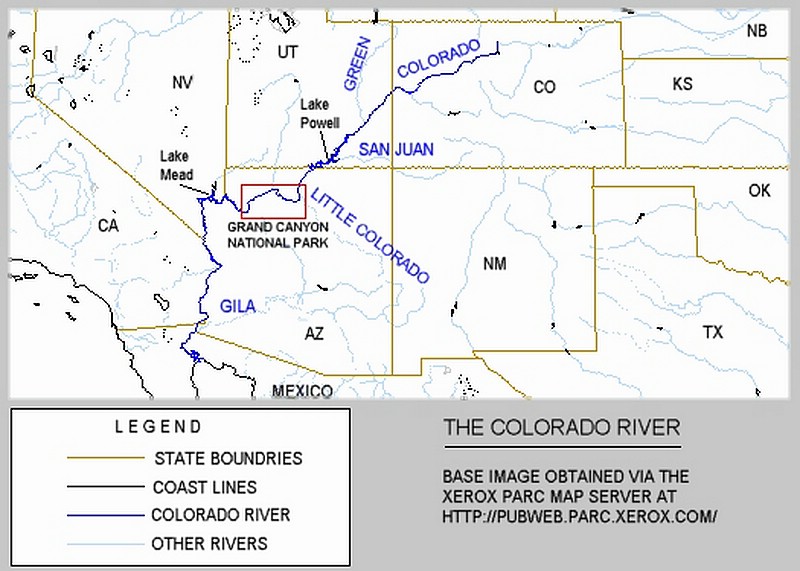 We’ve still got 6-7 inches of snow left over from our mega-snowstorm from last week, and water is oozing from everywhere. The snow had a very high amount of water content, and as it melts, the soil is becoming saturated with all that water, and there is mud and seeps running everywhere. This is great news for Colorado heading into the summer season, as it means snow pack levels in the high peaks are at normal and above, and the reservoirs are filling to maximum capacity, including Barker reservoir in Nederland.
We’ve still got 6-7 inches of snow left over from our mega-snowstorm from last week, and water is oozing from everywhere. The snow had a very high amount of water content, and as it melts, the soil is becoming saturated with all that water, and there is mud and seeps running everywhere. This is great news for Colorado heading into the summer season, as it means snow pack levels in the high peaks are at normal and above, and the reservoirs are filling to maximum capacity, including Barker reservoir in Nederland.
It’s amazing how many depend on the snow in the Rocky Mountains, from people like me who live in the mountains to people living in Las Vegas and the seven states who draw on the river from the Colorado River. The Colorado River headwaters actually begin in northern Rocky Mountain National Park, so the snow that falls just 45 minutes up the road from where I live, can have a huge impact on people living downstream as far as California and southern Arizona. It is a such a big deal, that a compact was negotiated back in 1922 between the seven states — Colorado, Utah, Wyoming, New Mexico, Arizona, California, and Nevada — and the federal government to decide how water resources would be allocated. The Colorado River Compact divided the Colorado River Basin into two – an Upper Basin and Lower Basin, with each basin being granted the right to allocate and use 7.5 million acre feet of water annually.
I’m sure at the time, that seemed like a lot of water to use. But as population in the American Southwest continues to grow, the demand for the water from the Colorado River becomes greater and more hotly contested every year. So the snow we are receiving now can make a big difference to farmers, public utilities, and even local residents for the next several months. But it even impacts how us mountain people in Nederland function on a daily basis.
Because the water resources are so precious, those of us who live on a well and septic system must live quite differently than our downstream neighbors in Boulder. We can not use any water from our well for outside purposes. The only water we are allowed to collect outside is rainwater off the roof into a cistern. All those spring bulbs popping up in the valleys are not even option for us, because we can’t water the bulbs when they are planted — we have to depend on Mother Nature. And given that we can have extreme dry periods in fall, they would probably dry up and die.
We also don’t grow lawns in this part of the country, instead just letting the natural environment provide what it will, in the form of natural grasses and wild shrubs. Instead of planting flower beds, I throw some wildflower seed in certain wet areas like our septic holding field, and a few of them take and provide bursts of purple and pink as the Columbine and Fireweed bloom. Even our ability to continue to have indoor water is dependent on those snowy winters. We are very fortunate in that at the moment we have a well that pumps a lot of water — measured in gallons per minute. Ours is around 12 gallons per minute, considered quite good. But a few winters of drought like they are now experiencing in California, could make a huge difference in our ability to continue to have sufficient water for showers, flushing toilets, and washing dishes and clothes.
So when I hear talk of water conservation, I know it’s important to do my part, as it is for all of us who live in the western states. The melting snows of the Rocky Mountains and our combined community effort will make the difference and determine our very survival for years to come.

